Home>Gardening & Outdoor>Landscaping Ideas>Why Does Grass Pop Balloons


Landscaping Ideas
Why Does Grass Pop Balloons
Modified: September 2, 2024
Discover how landscaping ideas affect grass's ability to pop balloons. Learn about the surprising science behind this quirky phenomenon.
(Many of the links in this article redirect to a specific reviewed product. Your purchase of these products through affiliate links helps to generate commission for Storables.com, at no extra cost. Learn more)
**
Introduction
**
Picture this: a peaceful, sun-dappled lawn, a scattering of vibrant balloons, and the unexpected spectacle of grass popping those balloons. It may sound like a scene from a whimsical movie, but this peculiar phenomenon has captivated the curiosity of many. The question that naturally arises is, "Why does grass pop balloons?"
The seemingly innocent act of grass popping balloons has intrigued scientists and nature enthusiasts alike. It serves as a fascinating example of the unexpected ways in which the natural world can surprise and delight us. In this article, we will delve into the intriguing science behind this phenomenon, exploring the factors that contribute to grass's ability to pop balloons and the real-world implications of this seemingly playful act. So, let's embark on a journey to uncover the mysteries behind this enchanting occurrence.
Key Takeaways:
- Grass pops balloons due to the oxygen it releases during photosynthesis. This surprising phenomenon showcases nature’s playful side and the unexpected ways living organisms interact with their environment.
- Factors like grass health, balloon material, and environmental conditions influence the grass’s ability to pop balloons. This enchanting spectacle has real-world applications in education, environmental awareness, and scientific research.
Read more: Why Do Candles Pop?
The Science Behind Grass Popping Balloons
At first glance, the idea of grass popping balloons may appear whimsical and inexplicable. However, there is a scientific basis behind this seemingly magical occurrence. The key lies in the release of a minuscule amount of oxygen by the grass during photosynthesis. As grass undergoes photosynthesis, it produces oxygen as a byproduct, which is released through tiny pores called stomata on the surface of the leaves.
When a balloon comes into contact with the grass, the pressure from the balloon compresses the grass blades, causing them to release a burst of oxygen. This sudden release of oxygen creates a small but concentrated burst of air that can be forceful enough to pop the balloon. It’s akin to a gentle, natural exhalation from the grass that, under the right circumstances, can have a surprisingly powerful effect on a nearby balloon.
This phenomenon underscores the intricate and often unexpected interactions between living organisms and their environment. The simple act of grass releasing oxygen, a vital component of the air we breathe, can lead to a delightful and astonishing display of nature’s forces in action.
Factors Affecting Grass’s Ability to Pop Balloons
While the concept of grass popping balloons may seem straightforward, there are several factors that influence the grass’s ability to achieve this feat. Understanding these factors sheds light on the conditions under which this enchanting spectacle occurs.
1. Grass Species and Health
The type and health of the grass play a significant role in its ability to pop balloons. Lush, healthy grass with well-maintained blades is more likely to produce the necessary burst of oxygen to pop a balloon. Different grass species may also exhibit variations in their ability to release oxygen, impacting their effectiveness in popping balloons.
2. Balloon Material and Pressure
The material and pressure of the balloons are crucial factors. The elasticity and thickness of the balloon material determine how it responds to the burst of oxygen from the grass. Additionally, the pressure exerted by the balloon on the grass influences the intensity of the burst, affecting the likelihood of the balloon popping.
3. Environmental Conditions
Environmental factors such as humidity, temperature, and air quality can influence the grass’s ability to pop balloons. Optimal conditions, including moderate temperature and adequate sunlight, can enhance the grass’s photosynthetic activity, leading to a more pronounced release of oxygen. Conversely, adverse environmental conditions may diminish the grass’s capacity to pop balloons.
4. Proximity and Contact Surface
The proximity of the balloon to the grass and the surface area of contact are critical considerations. Close proximity and direct contact between the balloon and the grass blades maximize the impact of the burst of oxygen, increasing the likelihood of the balloon popping. The angle and orientation of the balloon in relation to the grass also play a role in determining the outcome.
These factors collectively contribute to the intriguing interplay between the grass and the balloons, highlighting the delicate balance of natural elements that converge to produce this captivating display.
Grass pops balloons because it contains a lot of stored energy. When the grass is stepped on, the energy is released and can pop a balloon.
Real-World Applications and Implications
While the enchanting sight of grass popping balloons may seem like a delightful curiosity, this phenomenon holds potential implications and applications in various real-world contexts. Understanding the science behind this captivating occurrence can inspire innovative thinking and contribute to diverse fields.
1. Educational and Outreach Programs
The phenomenon of grass popping balloons presents an engaging and visually compelling way to educate and inspire curiosity in students and the public. Incorporating this phenomenon into educational programs can spark interest in plant biology, photosynthesis, and the intricate relationships between living organisms and their surroundings. It can serve as a captivating demonstration of scientific principles and foster a deeper appreciation for the natural world.
2. Environmental Awareness and Conservation
By showcasing the interaction between grass and balloons, this phenomenon underscores the interconnectedness of living organisms and the environment. It can be leveraged to raise awareness about environmental conservation and the importance of preserving green spaces. The visual impact of grass popping balloons can serve as a poignant reminder of the delicate balance of ecosystems and the significance of maintaining healthy, thriving plant life.
3. Scientific Research and Innovation
Studying the factors that influence grass’s ability to pop balloons can contribute to scientific research and innovation. By investigating the specific mechanisms involved in this phenomenon, researchers can gain insights into plant physiology, gas exchange processes, and the dynamics of air pressure. This understanding may have broader implications in fields such as agriculture, horticulture, and environmental science, potentially leading to novel applications and advancements.
4. Public Engagement and Entertainment
The captivating nature of grass popping balloons can serve as a unique form of entertainment and public engagement. Incorporating this phenomenon into events, festivals, and public spaces can create memorable experiences for individuals of all ages. It offers an unconventional and visually stunning spectacle that fosters a sense of wonder and joy, adding a touch of magic to everyday surroundings.
By recognizing the real-world applications and implications of this enchanting phenomenon, we can appreciate the multifaceted significance of seemingly whimsical natural occurrences and harness their potential to inspire, educate, and innovate.
Conclusion
The captivating spectacle of grass popping balloons embodies the enchanting surprises that nature has in store for us. What may initially appear as a playful and whimsical act holds within it a tapestry of scientific intricacies and real-world implications. As we unravel the science behind this phenomenon, we gain a deeper appreciation for the harmonious interplay between living organisms and their environment.
From the delicate release of oxygen during photosynthesis to the factors that influence the grass’s ability to pop balloons, this phenomenon serves as a testament to the beauty of natural processes. It sparks curiosity, inspires awe, and invites us to view the world with a sense of wonder and inquiry.
Moreover, the real-world applications and implications of grass popping balloons extend beyond mere amusement. They encompass educational, environmental, and scientific realms, offering opportunities for learning, awareness, and innovation. By leveraging this enchanting occurrence, we can foster a deeper understanding of plant biology, environmental conservation, and the potential for scientific exploration.
Ultimately, the sight of grass popping balloons serves as a reminder of the enchanting intricacies that surround us, waiting to be discovered and appreciated. It beckons us to embrace the unexpected, to seek wonder in the seemingly ordinary, and to recognize the profound connections that bind all living things.
So, the next time you witness the delightful spectacle of grass popping balloons, take a moment to marvel at the magic of nature’s subtle forces at play, and consider the myriad possibilities that unfold when we open our eyes and minds to the wonders of the natural world.
Frequently Asked Questions about Why Does Grass Pop Balloons
Was this page helpful?
At Storables.com, we guarantee accurate and reliable information. Our content, validated by Expert Board Contributors, is crafted following stringent Editorial Policies. We're committed to providing you with well-researched, expert-backed insights for all your informational needs.

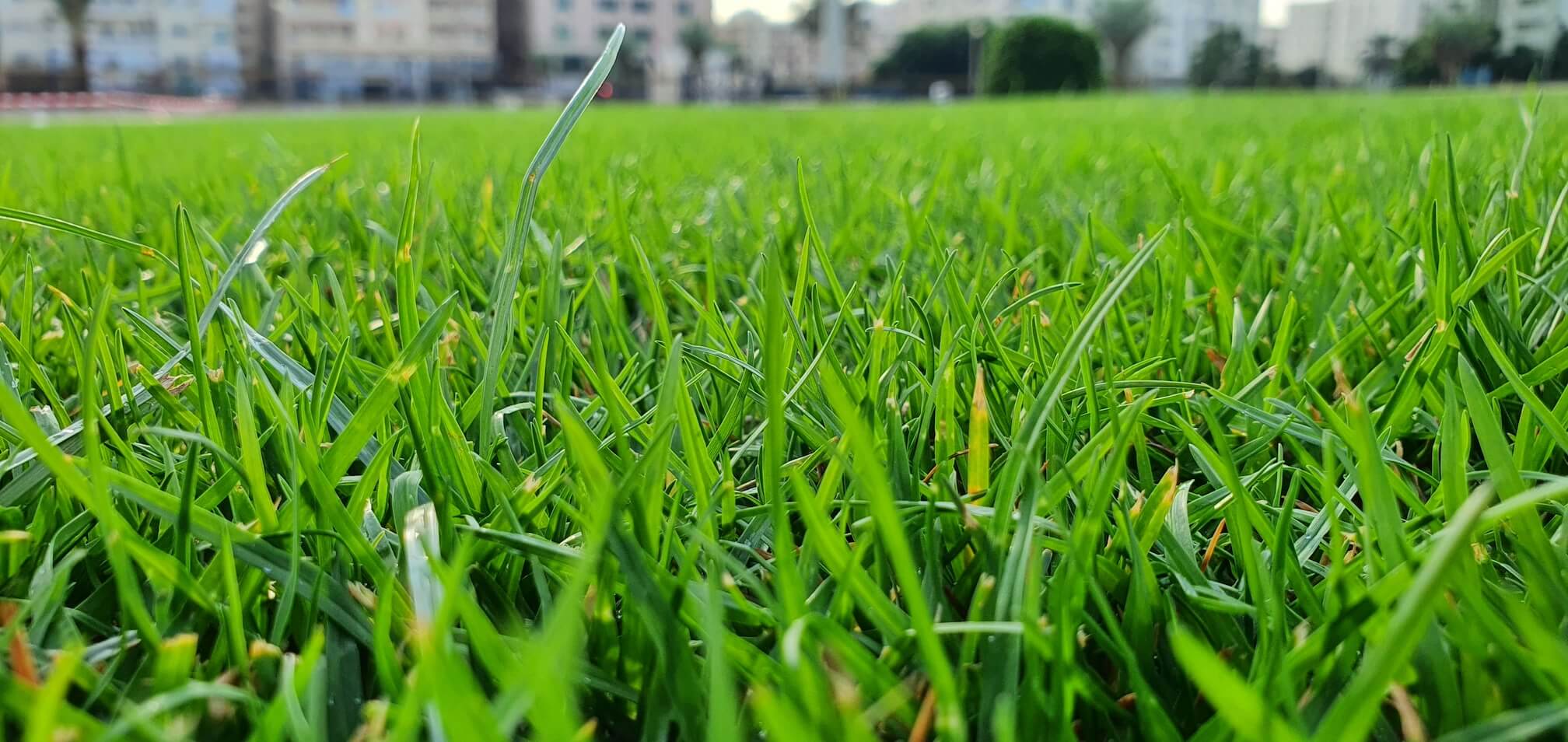
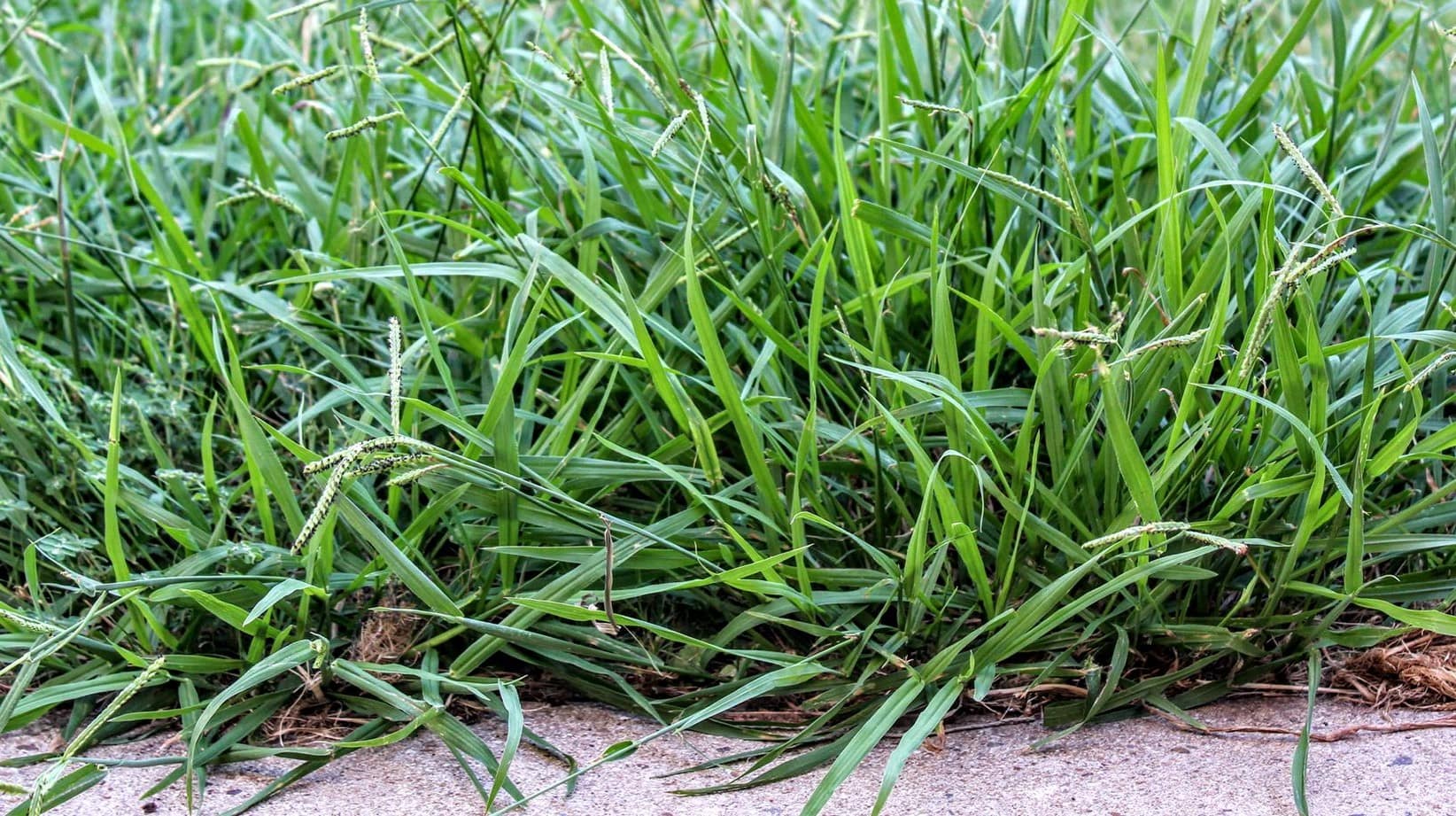
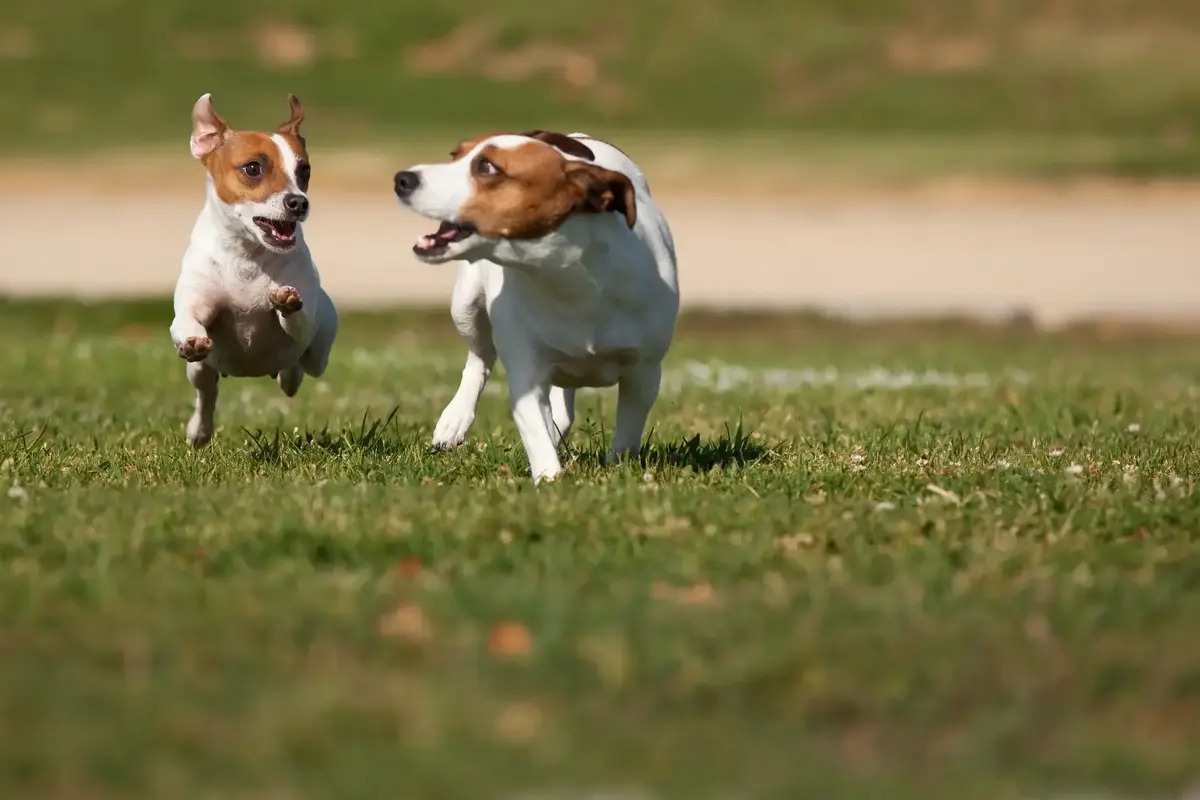
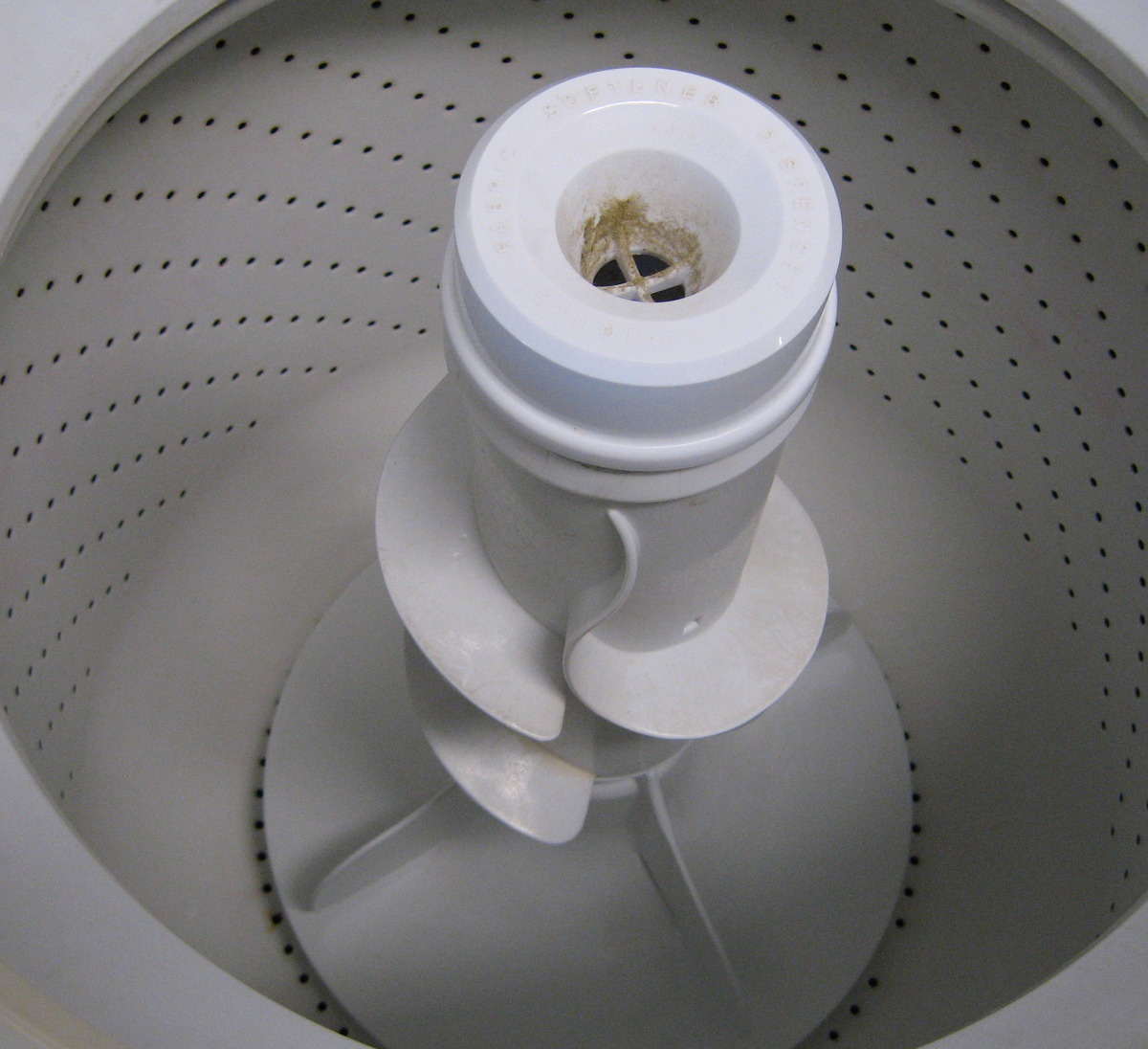
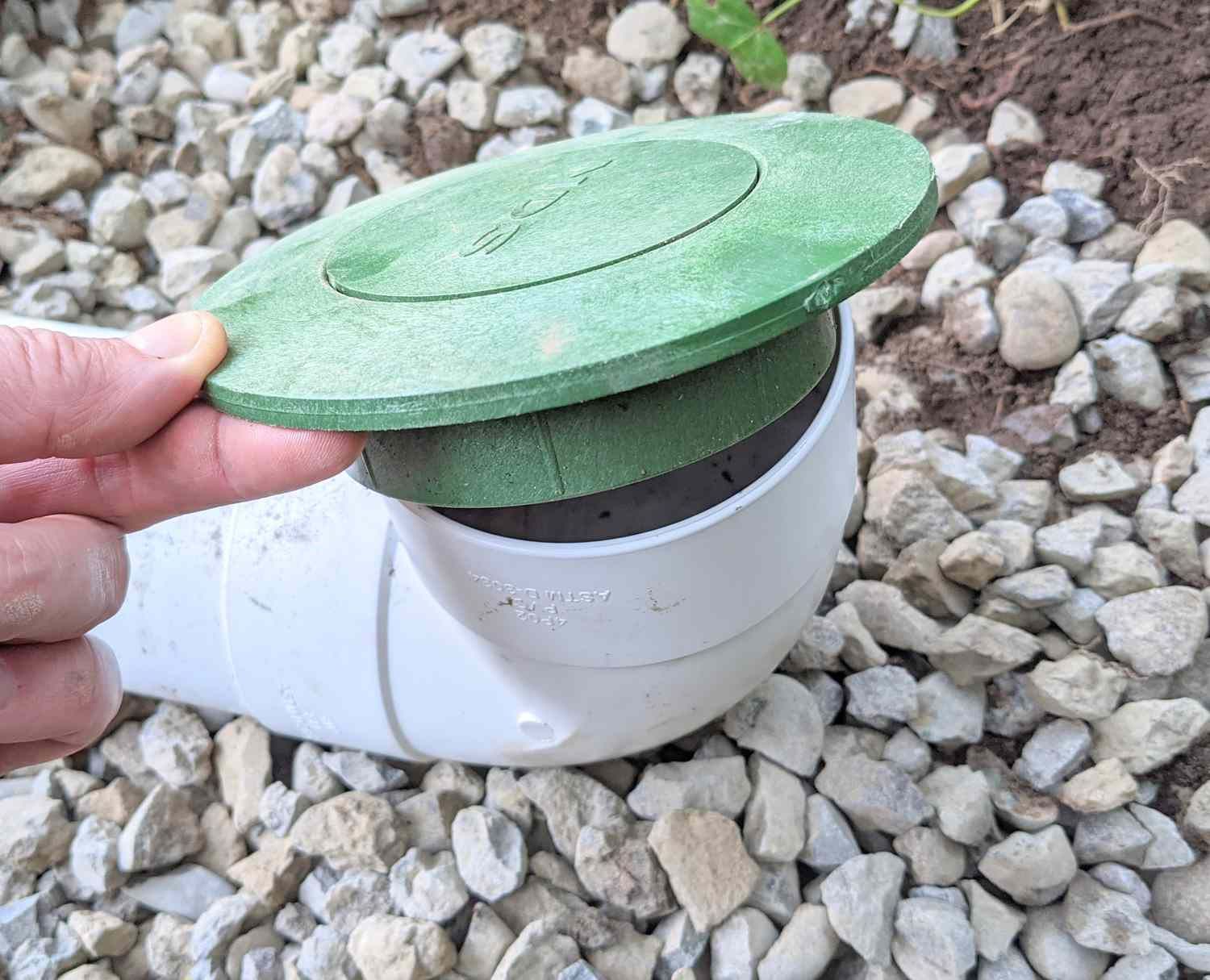
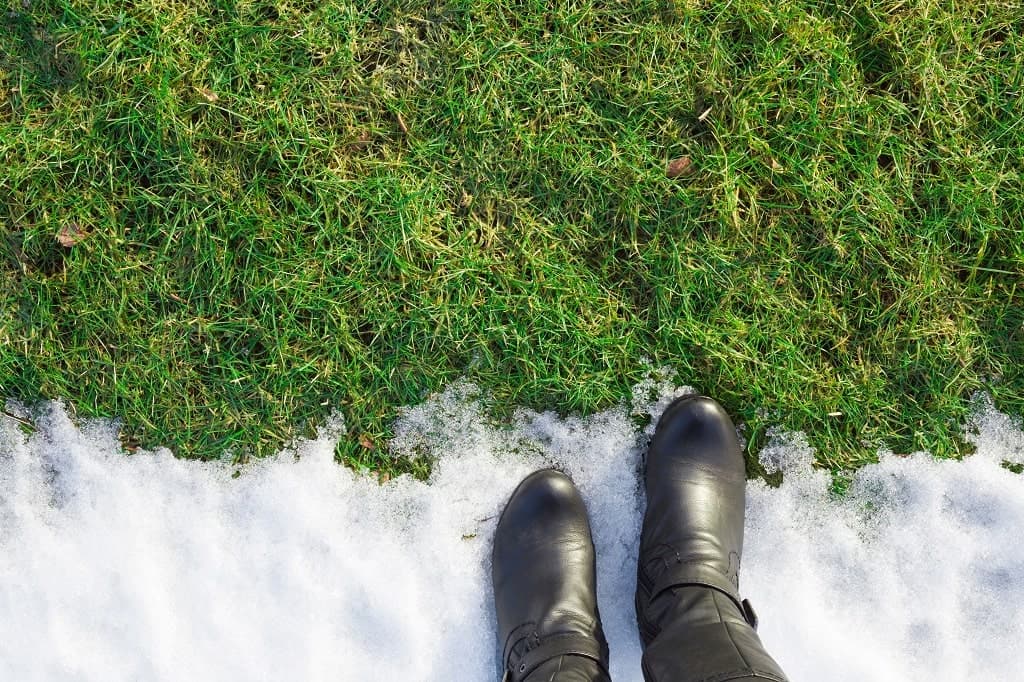
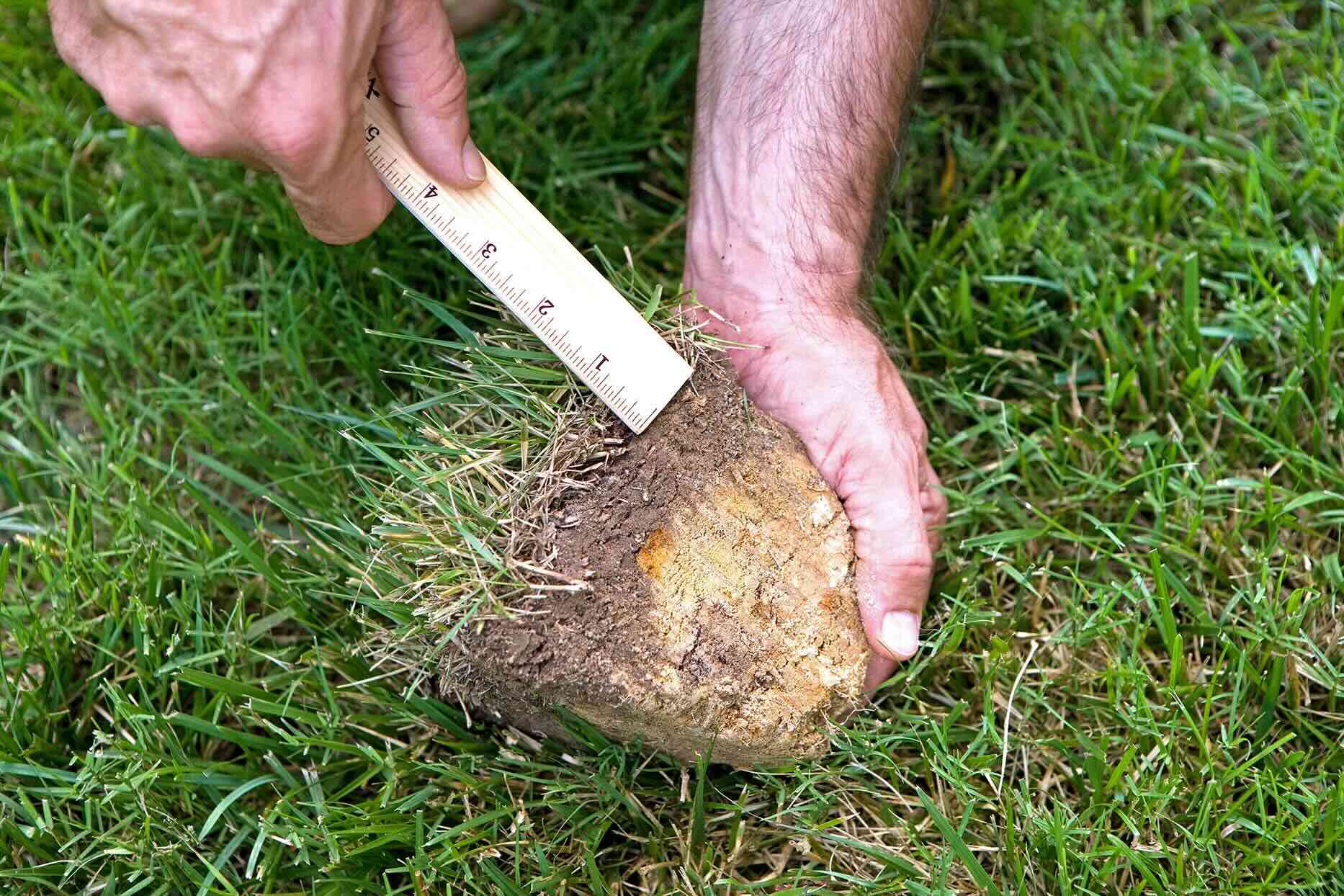
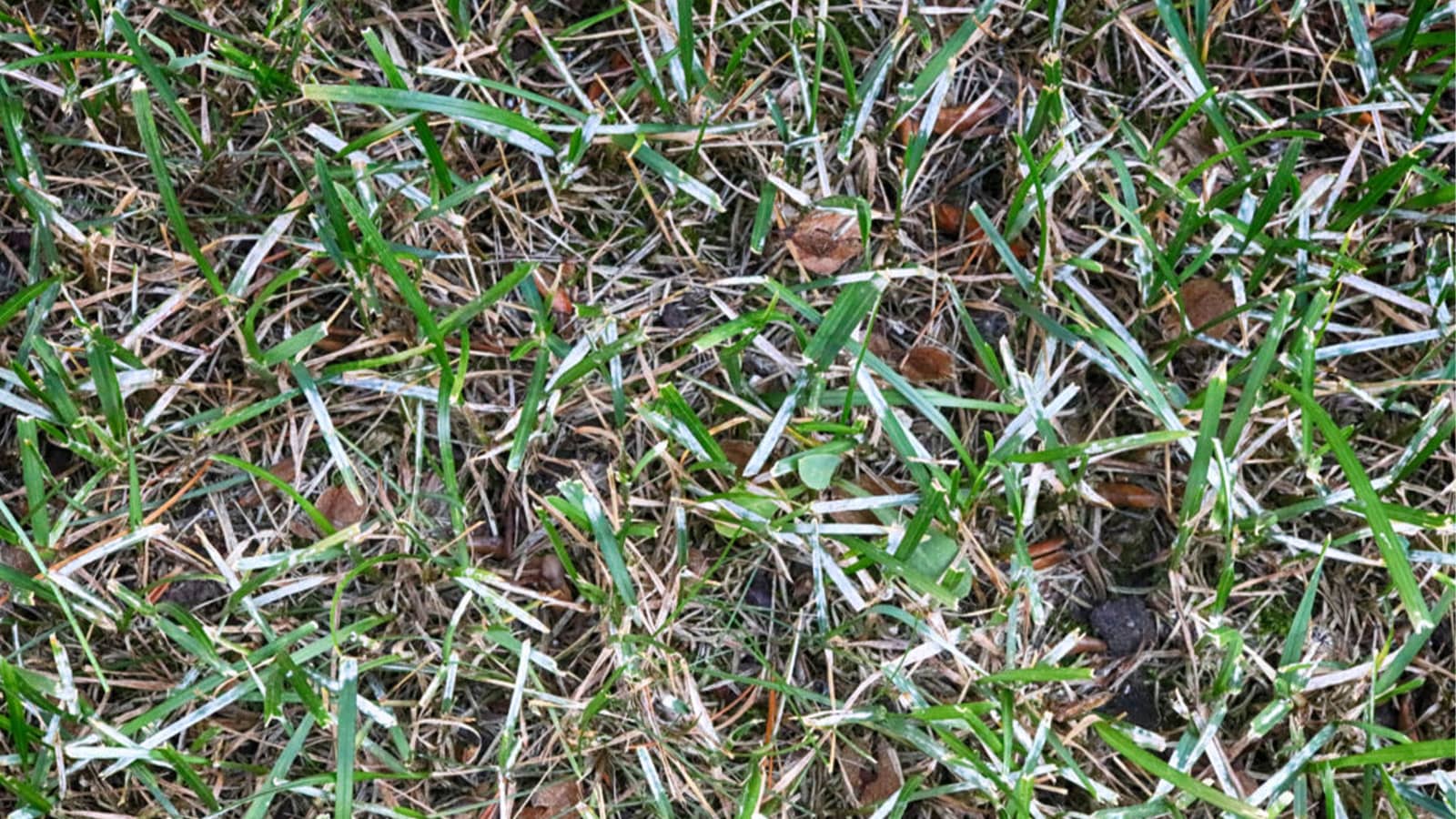
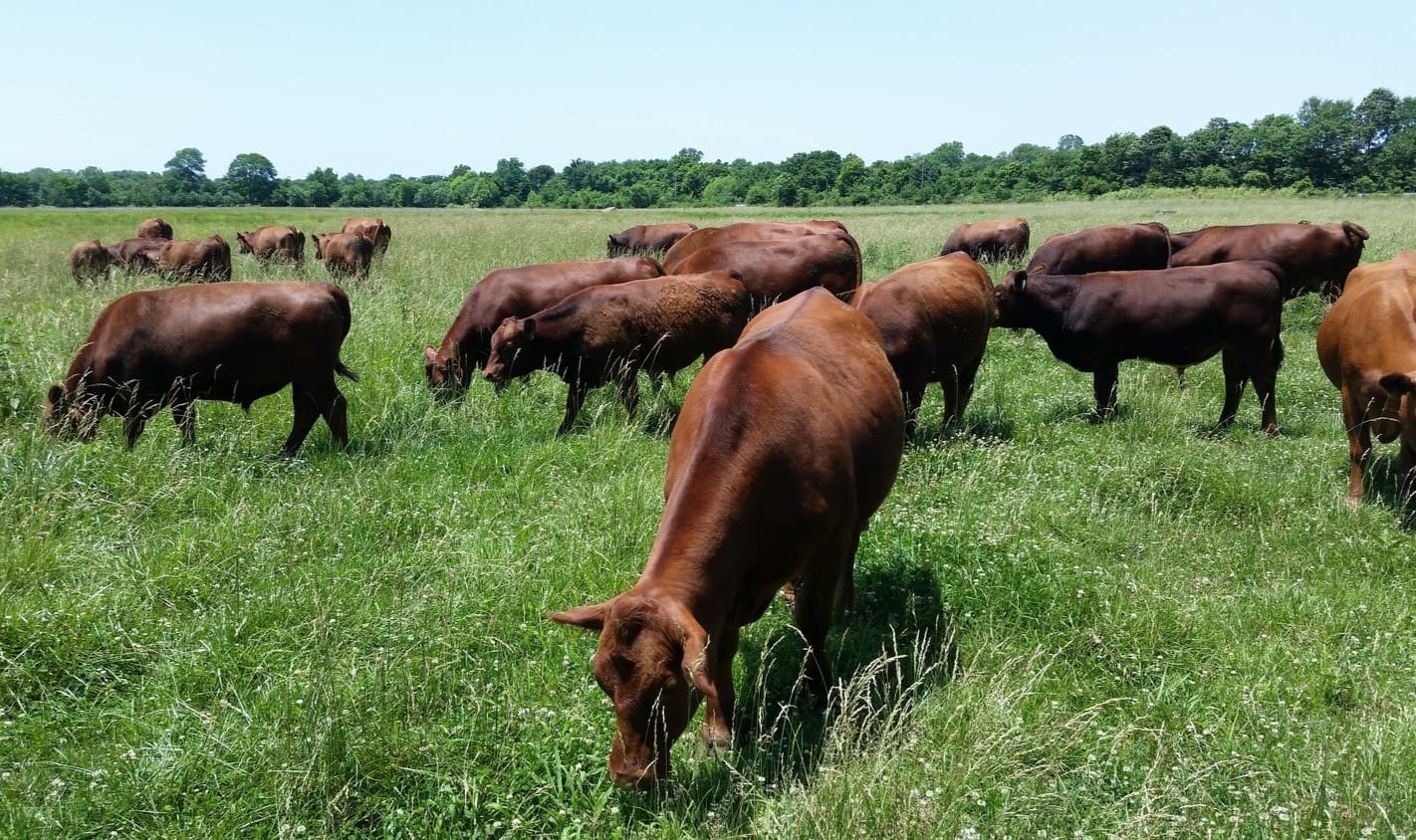
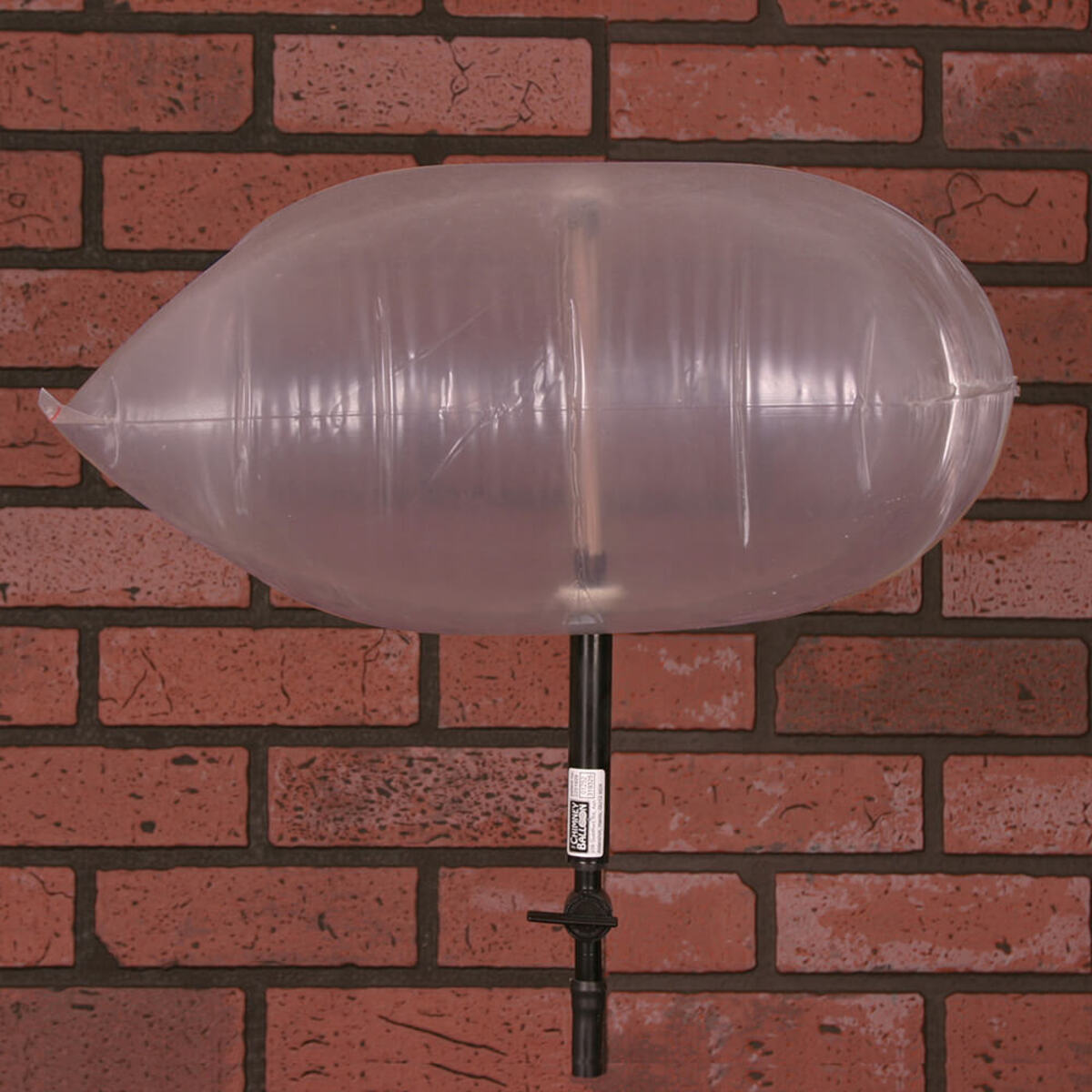

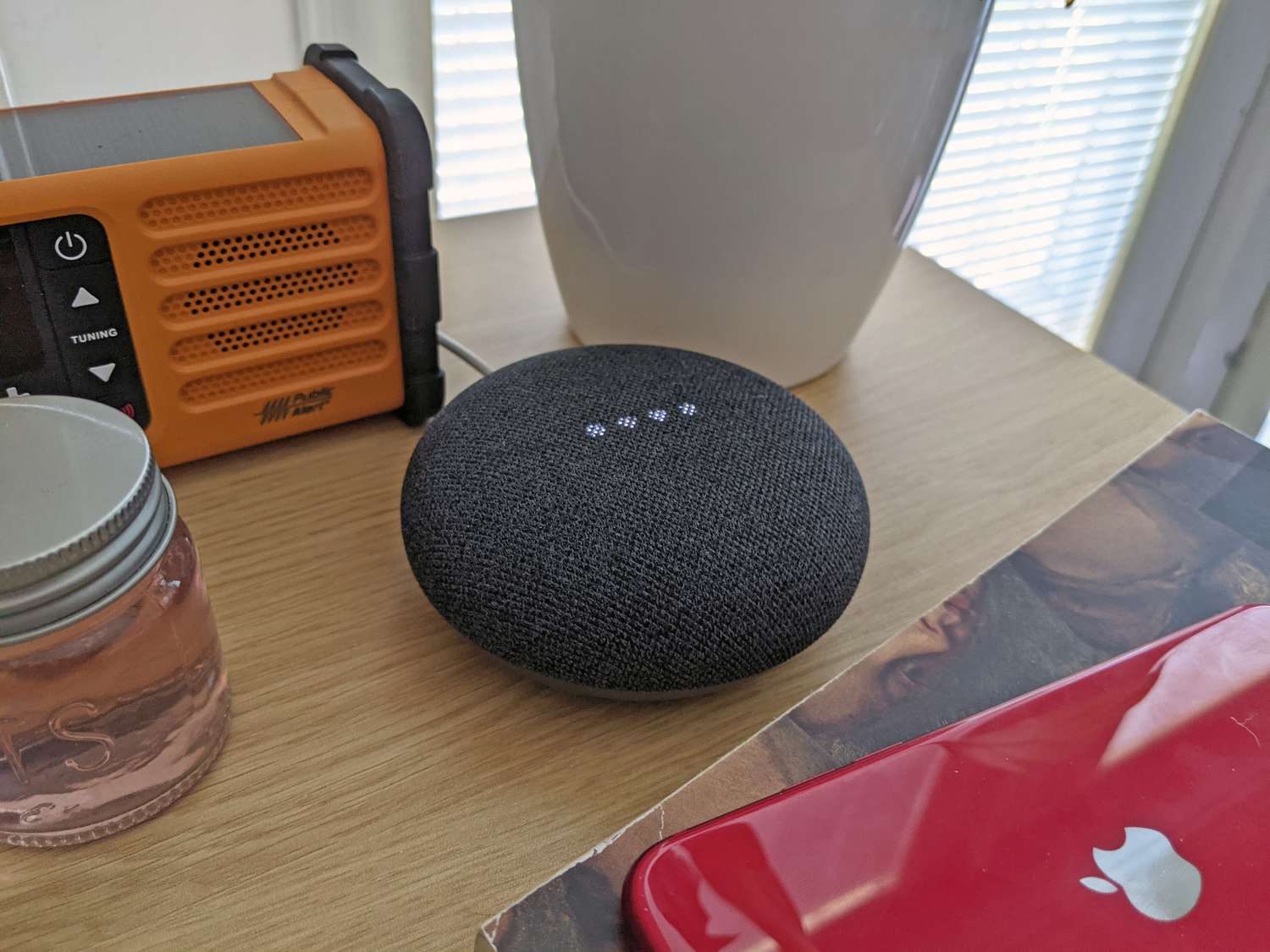
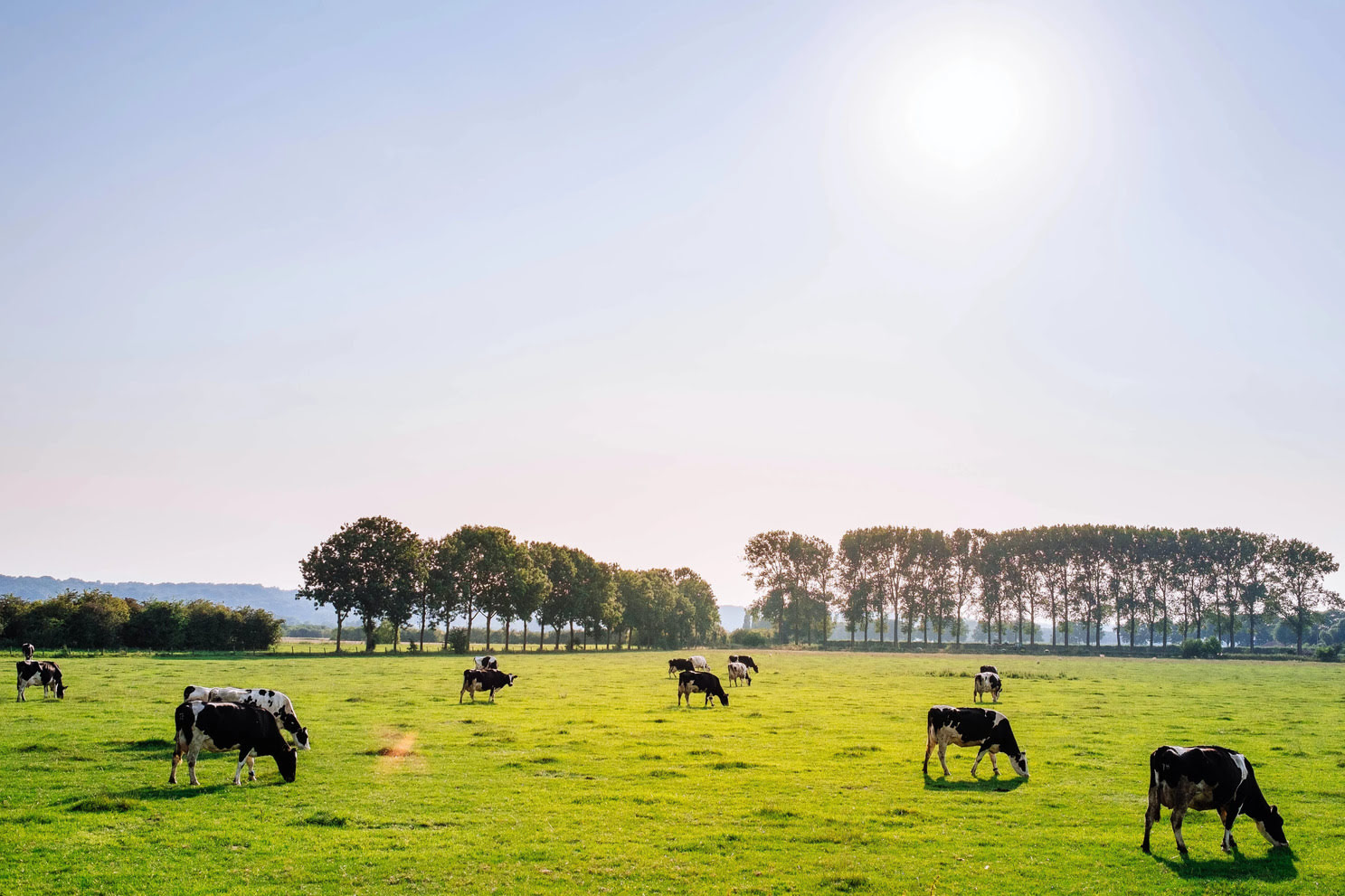
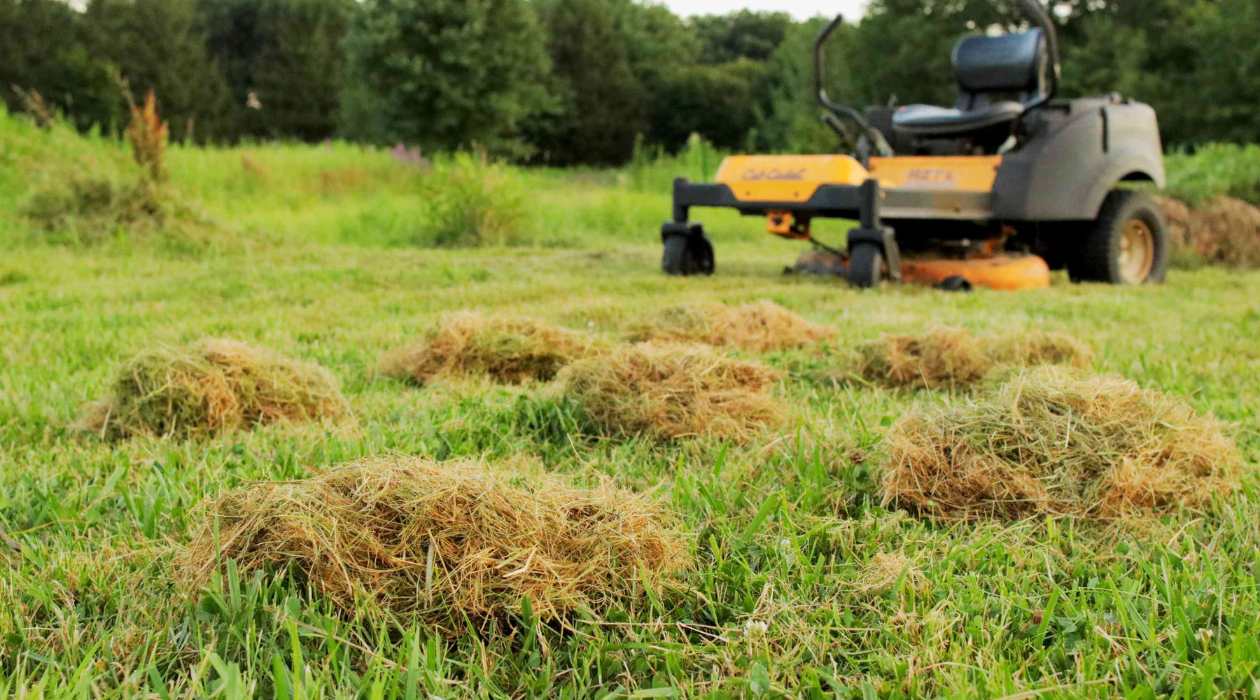

0 thoughts on “Why Does Grass Pop Balloons”